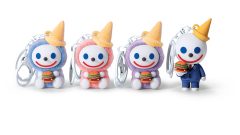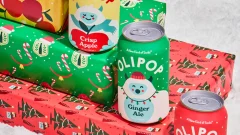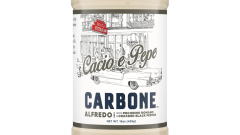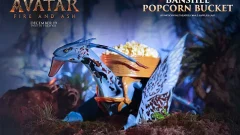Debunking The Mysteries Of Absinthe
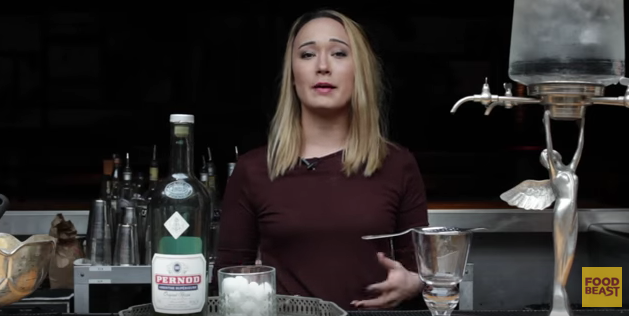
Absinthe, for as long as it’s been around, has always been closely related to grand tales of hallucinations. Where this notion originated, no one really knows. One thing that we’ve learned, however, is that it’s not true.
Pernod was the first company to create an absinthe distillery, after the recipe was allegedly handed down from the creator to Henry-Louis Pernod, the founder of the distillery in Switzerland. Dr. Ordinaire, the man who came up with the first recipe around the time of the French Revolution by using wormwood.
Wormwood, the main ingredient in absinthe, is the ingredient that presumably contains the hallucinogenic properties. While this may be true, you would likely die multiple times of alcohol poisoning before you even got close to hallucinating.
The translucent green hue of the liquor may have actually helped propel these rumors. According to a study done in 2012, the color green facilitates the creative and inventive parts of your brain. Basically, the drunker you get off of absinthe while looking at the drink, the more creative your brain could get. See where I’m going with this?
The green coloration actually comes from the botanicals used to make the drink. Cold water mixed with the absinthe is the catalyst that brings the greenish tint to the forefront of your glass. The dormant color comes from the large variety of botanicals that are used to make the drink.
After being illegal in America for nearly 100 years, absinthe has finally made a comeback thanks to the ban being lifted in 2007.
Sources: Sage Journals, Absinthe 101
Photo Credit: Listal






